
|
|
From the Editor - July 2020
I'm keeping my head well down, believe me! This virus is not something to get, particularly at my age - the long-term health effects even if you recover are progressively becoming clearer with more data, and they're not encouraging. Keep informed and stay safe .......... One effect of the pandemic which I have personally felt is the amount of sand which the virus has seemingly thrown into the bearings of the International postal system. Understandably enough, shipments are clearly being held in quarantine at numerous points along the way, the result being that packages from distant locations are taking forever to arrive. Oh well, they do eventually arrive, so it's really more of a minor annoyance than a real problem - just something to take into account when sending or receiving long-distance parcels. In terms of the impact of this pandemic, I'm actually one of the lucky ones - being retired and living in a large house with plenty of space, I have the luxury of being able to maintain my social isolation, and I have plenty to occupy my time. My injured thumb has pretty much healed now and engine testing resumes next week! Can't wait ........... Just for a change, let's get the boring stuff out of the way first, starting with a note which has unfortunately had to continue to be a regular feature of these Editorials. This one is directed specifically towards new readers - old hands should skip down past the emoji to the following sections.
 Despite my repeated admonitions not to do so, people are continuing to try to register on this website. The numbers have fallen, but it's still happening even after all this time. As I've previously stated time and time again, this has absolutely no effect - it's simply an artefact left over from the generic platform's primary intended use as an on-line sales site. Since this is not a sales site, the registration feature is redundant and I make no use of it whatsoever. Despite my repeated admonitions not to do so, people are continuing to try to register on this website. The numbers have fallen, but it's still happening even after all this time. As I've previously stated time and time again, this has absolutely no effect - it's simply an artefact left over from the generic platform's primary intended use as an on-line sales site. Since this is not a sales site, the registration feature is redundant and I make no use of it whatsoever.
So why is it still there?!? Well, before anyone else asks (and quite a few well-meaning souls already have!), I've thoroughly explored the possibility of removing or at least blocking this feature, but it can't be done without extensive (and very expensive) custom modification to the otherwise very useable generic platform which came as a ready-to-use over-the-counter package, thus keeping the costs and complexities manageable. So we're stuck with this feature. The bottom line therefore remains - please don't bother trying to register! Doing so accomplishes nothing apart from creating unnecessary cyber-clutter, which I definitely don't need! Turning now to the site usage figures, the numbers for June 2020 remain quite encouraging despite these rather strange times. The total of 484,558 hits for June was down a little from the May total, as was the number of visits at 4,411. These visits came from 2,424 unique visitors, again a little down. However, the good news was that those who did visit accessed a record total of 65,832 pages - a huge leap from the May total of 44,472 pages! One gathers that those readers who are maintaining social distancing are finding plenty of reading here to occupy their enforced spare time! As long as my articles are being read, I'm happy! Turning now to the site usage figures, the numbers for June 2020 remain quite encouraging despite these rather strange times. The total of 484,558 hits for June was down a little from the May total, as was the number of visits at 4,411. These visits came from 2,424 unique visitors, again a little down. However, the good news was that those who did visit accessed a record total of 65,832 pages - a huge leap from the May total of 44,472 pages! One gathers that those readers who are maintaining social distancing are finding plenty of reading here to occupy their enforced spare time! As long as my articles are being read, I'm happy! These are quite encouraging figures - the site is clearly receiving plenty of attention despite the COVID-19 pandemic. I heard directly from quite a few of you during June, including (in no particular order) Peter Valicek, Allan Brown, Maris Dislers, Alex Phin, Alan Strutt, Luis Petersen, Jens Geschwendtner, John Dixon, Neil McRae, Peter Rathke, Peter Burford, Tom Coletta, Hugh Bowers, Ken Croft, Stephan Strydom, John Ward and Johnny Shannon. Apologies to anyone whom I may have inadvertently missed in the crowd! The blog site has also continued to justify its existence by generating a small but steady flow of relevant traffic - thanks for that.
Despite these issues, Maris says that as long as the site remains generally OK (which is the situation at present) and people presumably continue to find it valuable, he will keep it live. I’m sure that we’re all very grateful to Maris for his efforts. That said, I confess to a feeling that MEN is living on a bit of a timeline given the impossibility of carrying out any maintenance. A major melt-down could finish it. Get in there while it’s still there to be used!! I plan to pull a few of my more significant articles back to my own site over the next while, just in case ……………. Turning back to my own website, the home constructors haven't been forgotten this month. While engaged in the translation of a few Russian-language books from the pioneering and classic eras (of which more below), I came across some details of a 2.5 cc twin ball race barstock diesel from Kiev in the Ukraine dating from 1954. The engine is called the It appeared to me that the information in the relevant book was sufficient to enable a person having a sufficient interest along with some familiarity with CAD to develop working drawings from which a reasonably faithful replica of this forgotten Russian classic could be constructed. Just in case someone is sufficiently interested, I've added the material to my home construction thread on this website. If anyone is motivated to take up this challenge, please let me know! A good project for someone looking to fill some time during the present COVID crisis! While we're on the subject of Russian engines, I should mention the fact that I've added a book on engines from the USSR to my Publications pages. This is a German translation of a Russian book writen by the well-known model enthusiast Viktor Khodyeyev of the Ukraine. The title is "Modellmotoren Made in USSR". Although somewhat less than comprehensive in its scope (for example, the above-mentioned VIKHR 2.47 cc diesel is omitted along with quite a few others), the book is nonetheless an interesting read for anyone interested in Soviet model engines from the classic era. Worth a look if you can find a copy ............
My valued friend Ken Croft read my Editorial and was moved to contact both Tom Pasco and his former team race partner Bill Haley. Both are still on deck, although now getting up there in years. Interestingly, both of them denied ever having used a Rivers engine at any time! However, Tom also denied ever having used an ETA 15D at any time despite the fact that the official event record shows that he place third at the 1960 British Nationals using just such an engine! There were numerous other incontrovertible inconsistencies in the recollections of both Tom and Bill. Accordingly, for now I’m sticking with the very clear and consistent recollections of Malcolm Ross and Dave Balch, both of whom have Tom Pasco down as the responsible party. It seems that the years play tricks Turning now to this month’s lead article, we draw aside the Iron Curtain once more to add another chapter to my long-running series of articles on classic racing engines. This time we’ll be sharing a close look at the 2.5 cc Alag Y-03 glow-plug unit from 1957 Hungary. This is a fairly well-known motor which appears fairly regularly on eBay and elsewhere, generally being viewed as a “poor man’s” racing engine at best. However, in prototype form it did have its moment of glory, powering its talented designer Gyula Krizsma to a very creditable World Championship fourth place behind the all-conquering MVVS factory “specials” in 1957. A second example of the Y-03 prototype came in twelfth. With credentials like this, the Alag Y-03 is definitely worth remembering! As a direct precursor of the subsequent world-beating MOKI engines, it definitely has its place in model racing engine history. I hope that you’ll find my review and test of the production version of the engine to be of interest!
To get to the point, I’ll be presenting a detailed history of model engine development and manufacture in the former Soviet Union, going right back to the very beginning in the 1930’s and following the story right up to the end of the “classic” era. This is a fascinating story that has never previously been told in full in the English language. A fair proportion of the engines that are included were new to me, as were many of the background details. I thought that I knew this story as well as anyone, but I was wrong ……………… What has enabled me to tell this tale was the receipt of scans of three Russian-language books from the pioneering and classic eras, courtesy of my greatly valued and ever-helpful friend Peter Valicek of the Netherlands. Peter had received these scans some What with a fair number of scanning errors and missing portions (sadly including some of the images), it was a long and painstaking task which I might not have tackled at all were it not for the self-imposed lockdown mode in which I’m currently living. Might as well be doing something while my injured hand was healing! Anyway, the task was duly (and thankfully!) completed and the article could be written. I was very surprised indeed at some of the revelations included in these books - it was like having a floodlight suddenly switched on to illuminate a formerly dark corner! I’m sure that you’ll find it to be as enlightening as I have! By way of a bonus, I plan to provide links to the English translations of the three books in question. These will be in searchable pdf format for convenience. Three more English-language publications added to the classic literature of model engines - a worthwhile return on my efforts, surely?!? I think that about does it for this edition. All being well, I'll be back to you with another issue on or about August 1st, 2020. Meanwhile, please accept my continuing best wishes for making it safely through the present pandemic situation. The heady aroma of diesel fumes, sparkie smoke or burning nitro may be a bit more challenging to experience at this time, but I hope that at least some of you find an opportunity to get your fixes! Take care and stay well!! Cheers, Adrian Duncan British Columbia, Canada ___________________________________ Note regarding material to be found on this site - unless specifically otherwise noted, all images and text which appear on this site are my own work, and I hereby assert my right to be recognized as the originator of this material. For the record, this material is made freely available to all upon two firm conditions:
Adrian C. Duncan British Columbia, Canada
|
| |
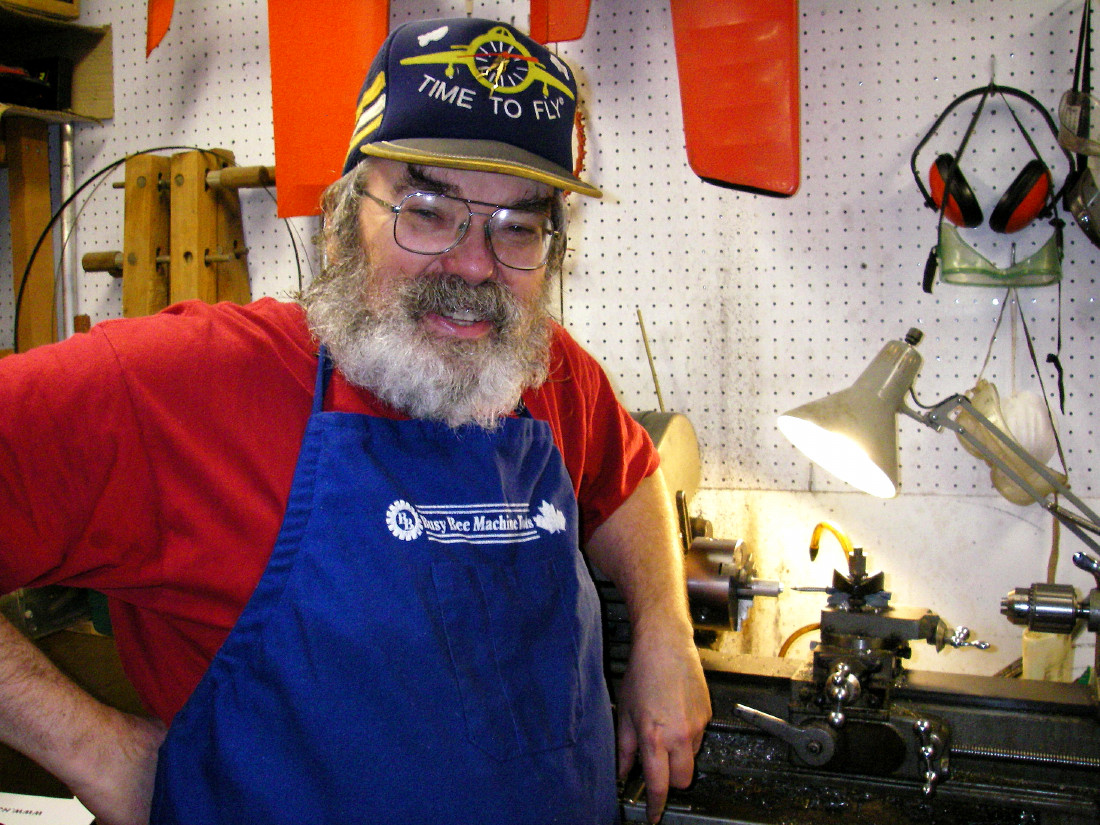 Welcome to July 2020 ........ I think! We've now passed the mid-point of undoubtedly the strangest year of my life! I'm still maintaining a strict socially-distanced lifestyle which is becoming all the more critical given the ever-increasing extent to which people are beginning to throw caution to the winds under the spell of summer. The danger presented by the COVID-19 virus has in no way diminished - in fact, a new wave of even greater magnitude is now pretty much inevitable.
Welcome to July 2020 ........ I think! We've now passed the mid-point of undoubtedly the strangest year of my life! I'm still maintaining a strict socially-distanced lifestyle which is becoming all the more critical given the ever-increasing extent to which people are beginning to throw caution to the winds under the spell of summer. The danger presented by the COVID-19 virus has in no way diminished - in fact, a new wave of even greater magnitude is now pretty much inevitable. 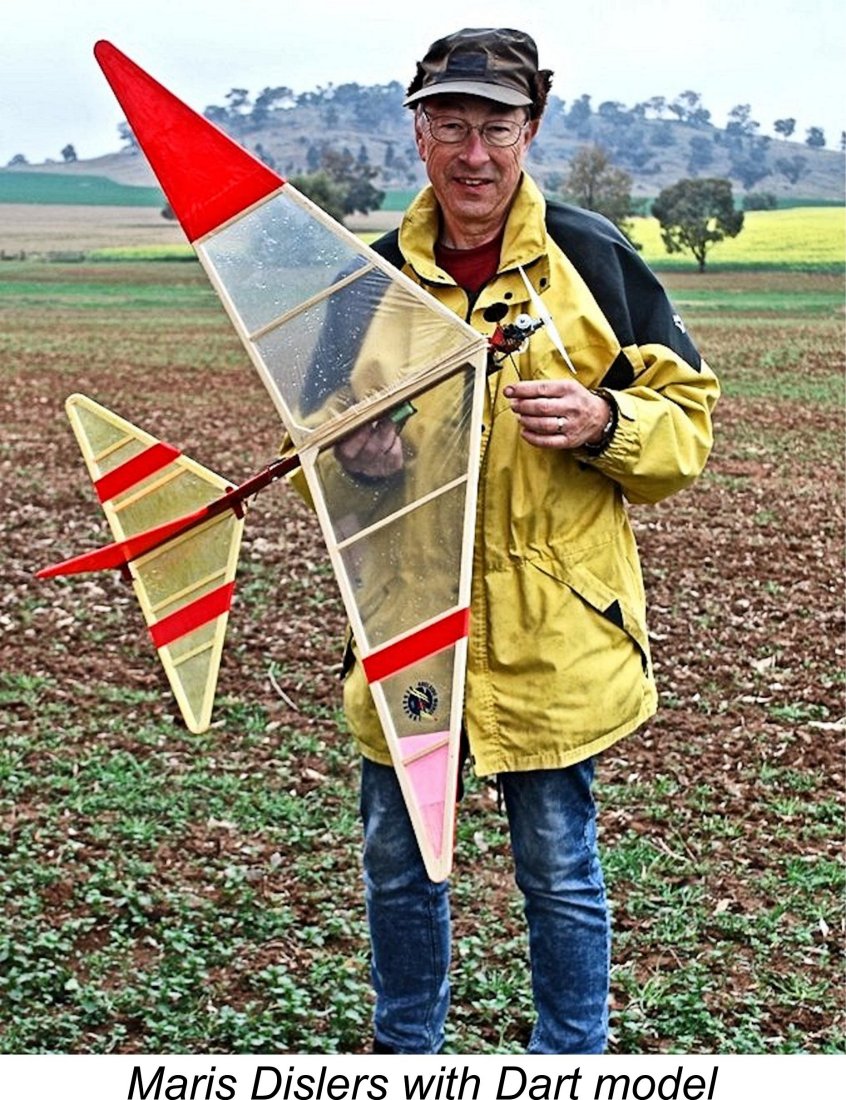
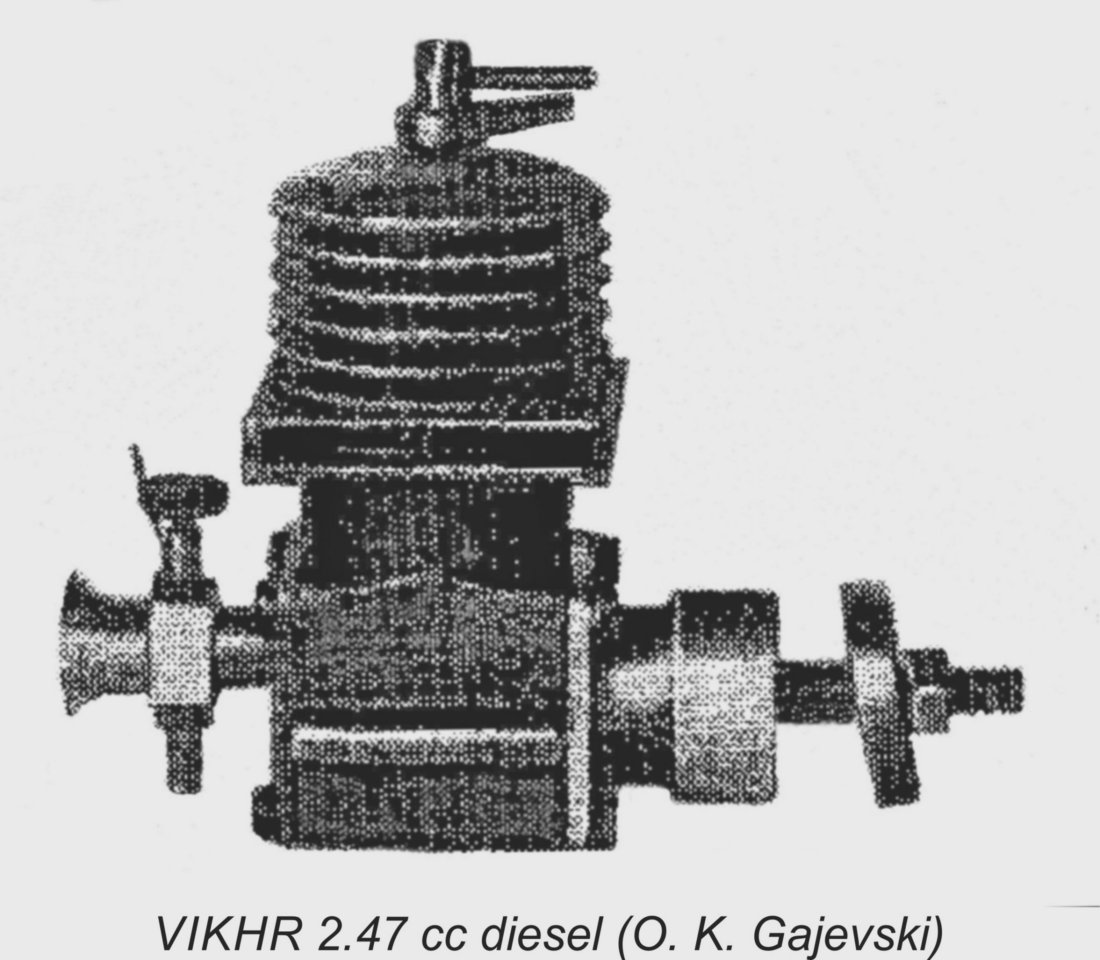
 Last month I drew attention to some new information which had surfaced regarding that exceptionally powerful
Last month I drew attention to some new information which had surfaced regarding that exceptionally powerful 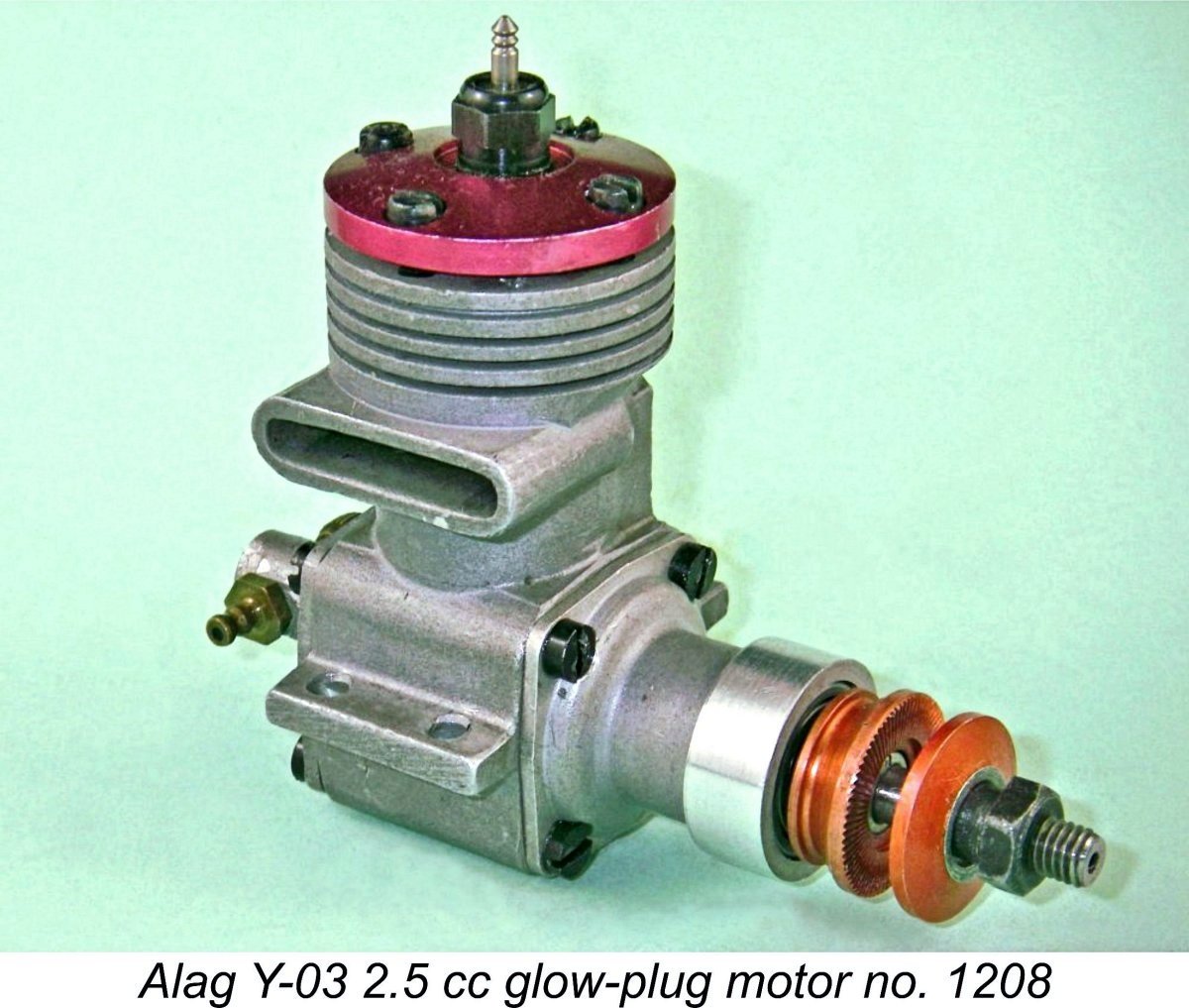
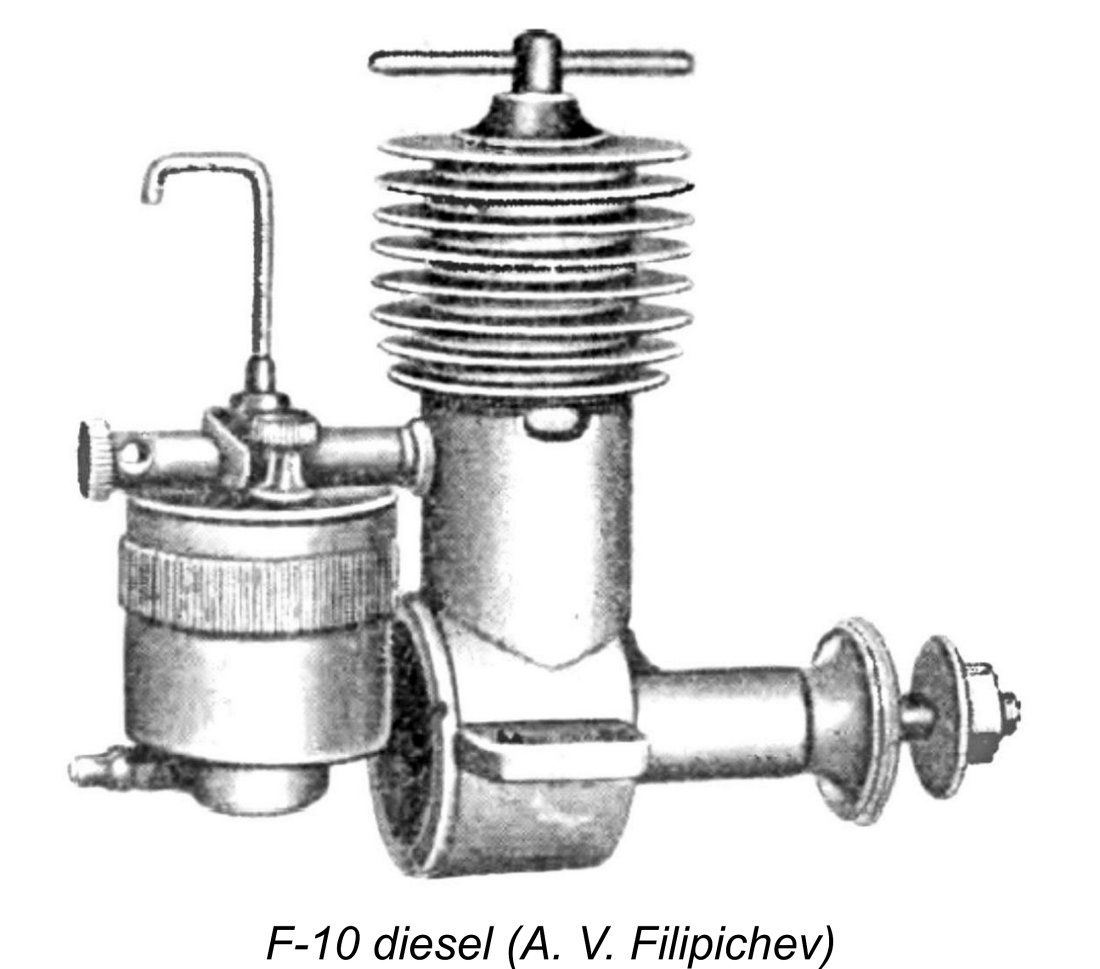 I will confess to being more than a little excited about next month's lead article, which I sincerely believe to be one of the most important articles that I’ve ever published. It was certainly by far the most time-consuming effort on my part that I can recall! I spent most of the month of June pulling it together, so I hope that readers will share my view that the effort was worthwhile!
I will confess to being more than a little excited about next month's lead article, which I sincerely believe to be one of the most important articles that I’ve ever published. It was certainly by far the most time-consuming effort on my part that I can recall! I spent most of the month of June pulling it together, so I hope that readers will share my view that the effort was worthwhile!